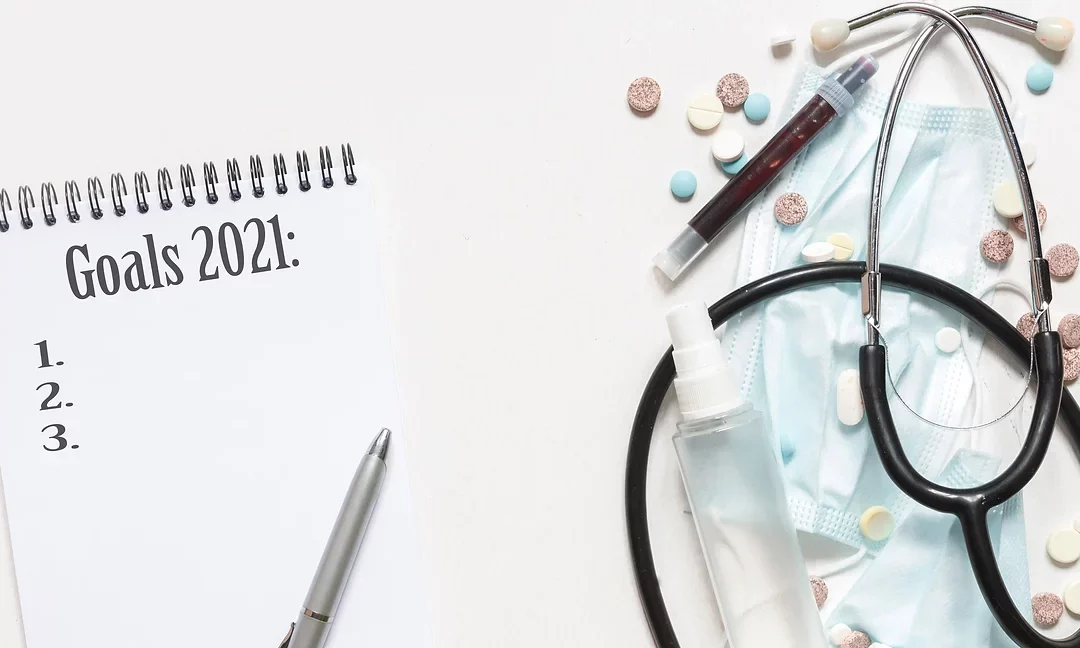This year has been, in a word, unique. Fortunately, time marches on, and a new year is around the corner. This article looks forward to some of the trends and projections impacting pharmacy plan management in 2021.
Specialty Medications
Specialty drug prices will drive a rise in drug plan costs in 2021. Projections show a price increase of 11.5% on specialty medications. With an average cost ten to fifteen times higher than traditional drugs, specialty medications make up 50% of total drug spend while only impacting 2% of the plan population. Recognizing the hefty price tag associated with specialty drugs will help stakeholders budget through 2021.
Biosimilars
Much like generic medications, biosimilars are natural alternatives to reference biologics. Biosimilars have been utilized as cost-effective competitors to many high-cost drugs overseas and are now breaking into the United States market. With projected savings of approximately $54 billion over the next decade, biosimilar treatment will substantially impact the pharmacy industry. Over ten biosimilars are scheduled for release in 2021. These drugs treat a range of diseases from rheumatoid arthritis to eye disease. Stakeholders are increasingly confident in the efficacy of biosimilars, making their adoption a high priority next year.
Gene Therapy
As of January 2020, only four gene therapies had gained FDA approval, but with over 900 investigational new drug applications submitted for approval, these therapies will undoubtedly become more common. Gene therapy treats diseases at the genetic level and could be an option for multiple inherited disorders and cancers. Stakeholders should prepare for the high costs associated with these revolutionary new treatments. Luxturna, one of the FDA approved gene therapies, carried a list price of $850,000 in 2018. Projections show that new therapies could cost approximately $16 billion by 2024.
Pharmacy Tourism
Purchasing medications from foreign sources will continue to trend in 2021. The Department of Health and Human Services has certified the safety of importing prescription drugs from tier-one countries. Many states have plans in place to utilize pharmacy tourism. Individuals are also benefiting from pharmacy tourism, with 1.5 million Americans sourcing overseas drugs. One analysis showed drug prices in Canada to be between 28% and 35% lower than costs in the US. This price point makes pharmacy tourism fiscally sound. Pharmacy tourism’s legality and safety may still be a discussion point next year; however, most stakeholders would benefit from containing costs with these programs.
In 2021, stakeholders need to be resilient in finding ways to control pharmacy plan spend and plan management. Understanding claims data is the first step for measurable cost containment. Data analytics tools allow you to uncover trends, pinpoint plan efficiencies, and make better plan decisions.
Off-loading scripts to supplemental pharmacy programs can also help curb spend associated with specialty and other high-cost treatments. Carve-out, pharmacy tourism, and utilization monitoring solutions can provide a higher return on investment than expanding exclusion lists or relying on rebates.
Finally, stakeholders should be prepared to challenge the status quo. Traditional funding models may be ineffective for some groups. Stakeholders should critically scrutinize the use of generic, brand, and specialty drugs to make plan decisions based on population needs.
If 2020 taught us anything, it is that we don’t know what we don’t know. The new year provides us with a blank canvas, the opportunity to invest in new tools, programs, and ideologies. Containing costs on high-level drugs to provide quality benefits has never been more important for our participants and budgets as it will be in 2021.
Updated: Feb 3, 2021

